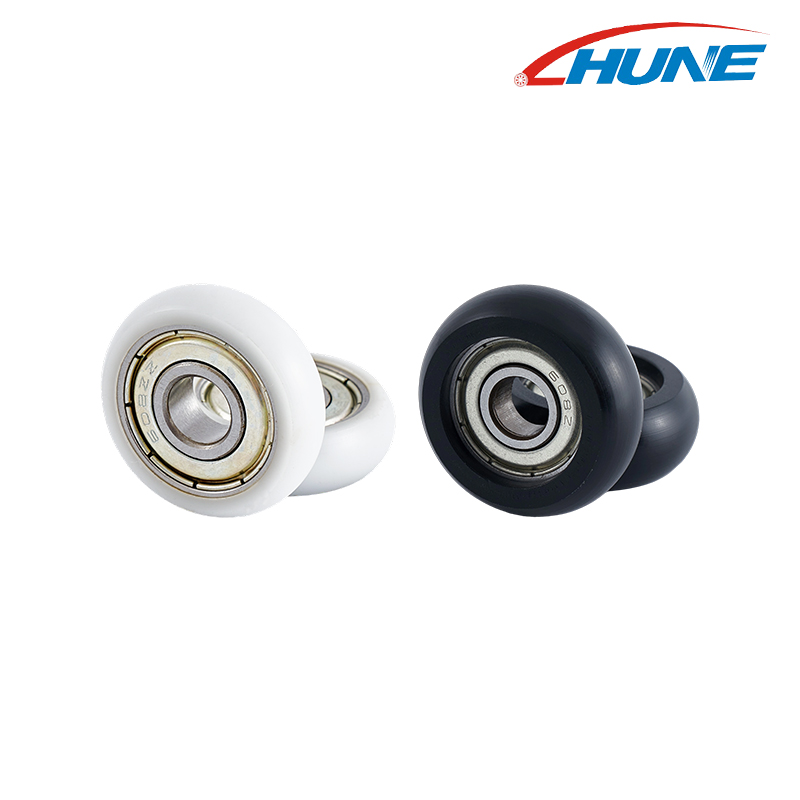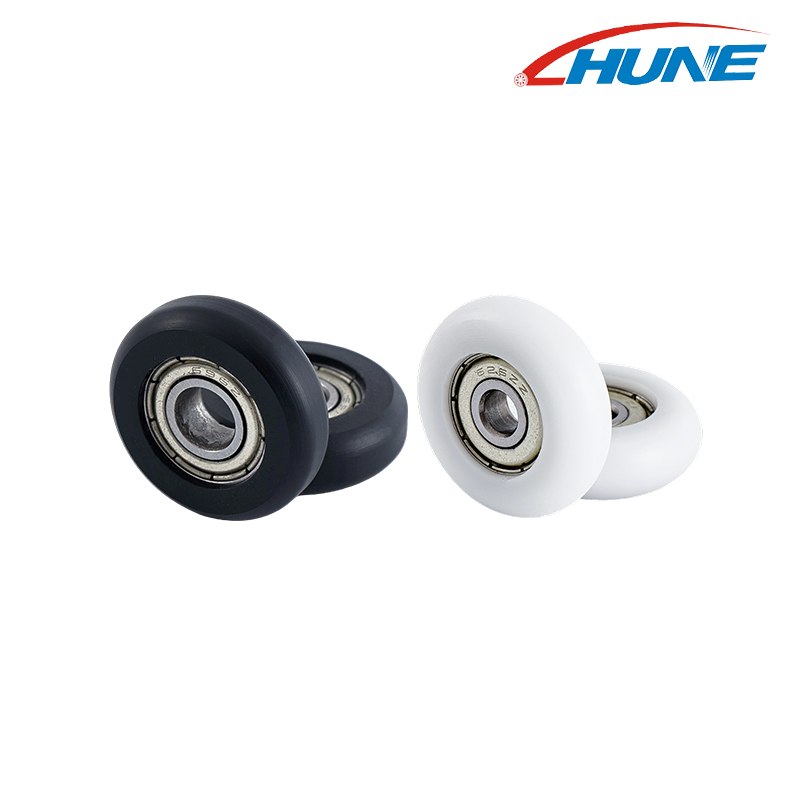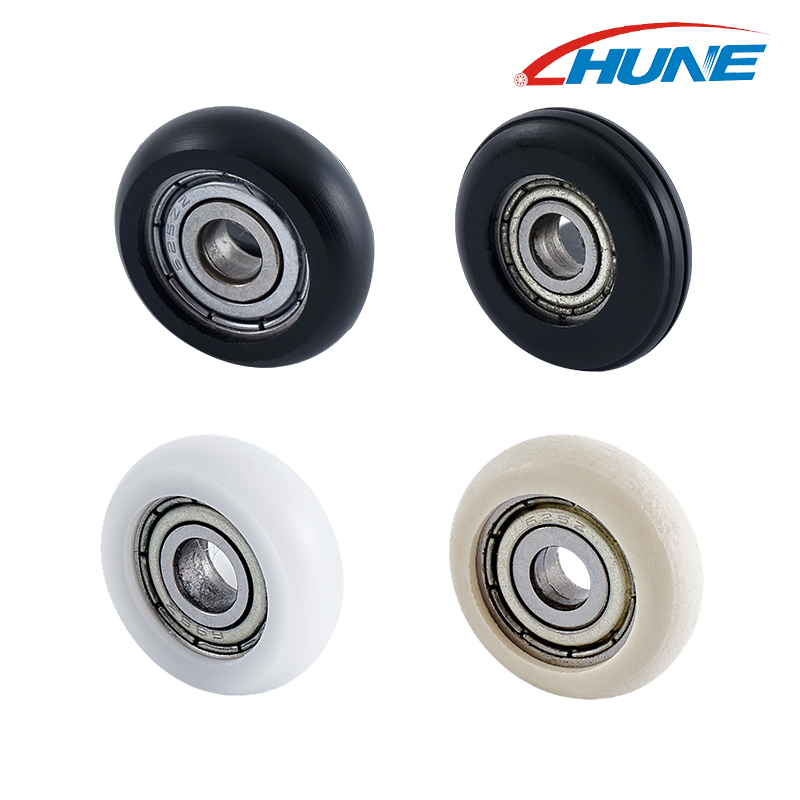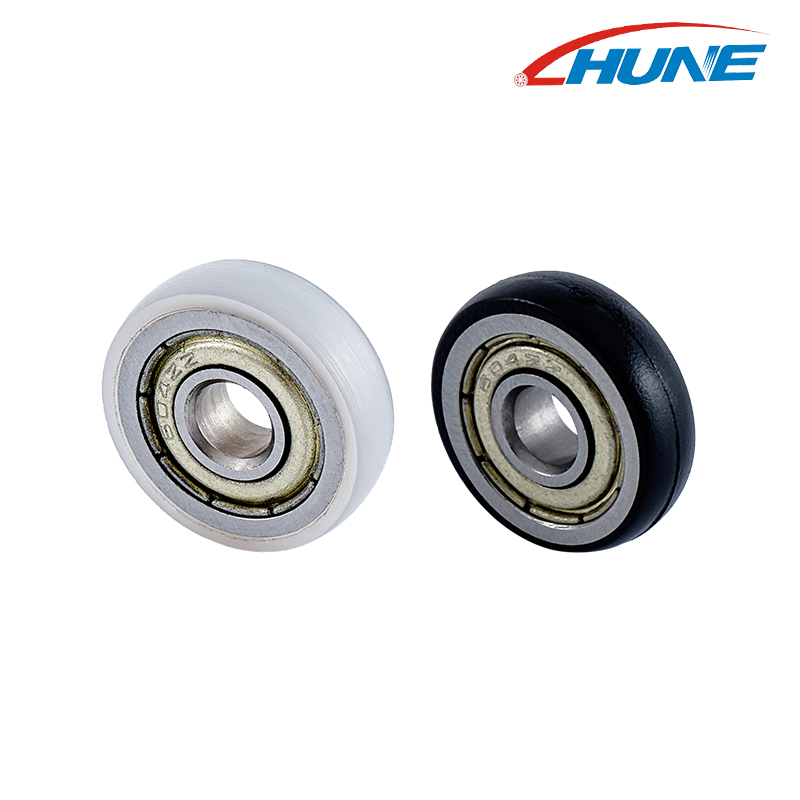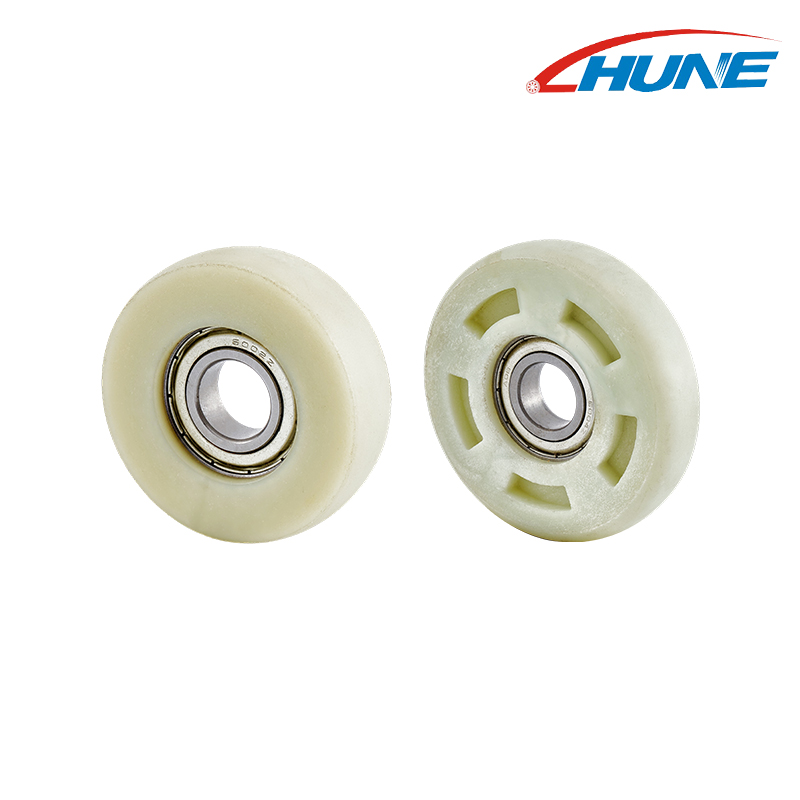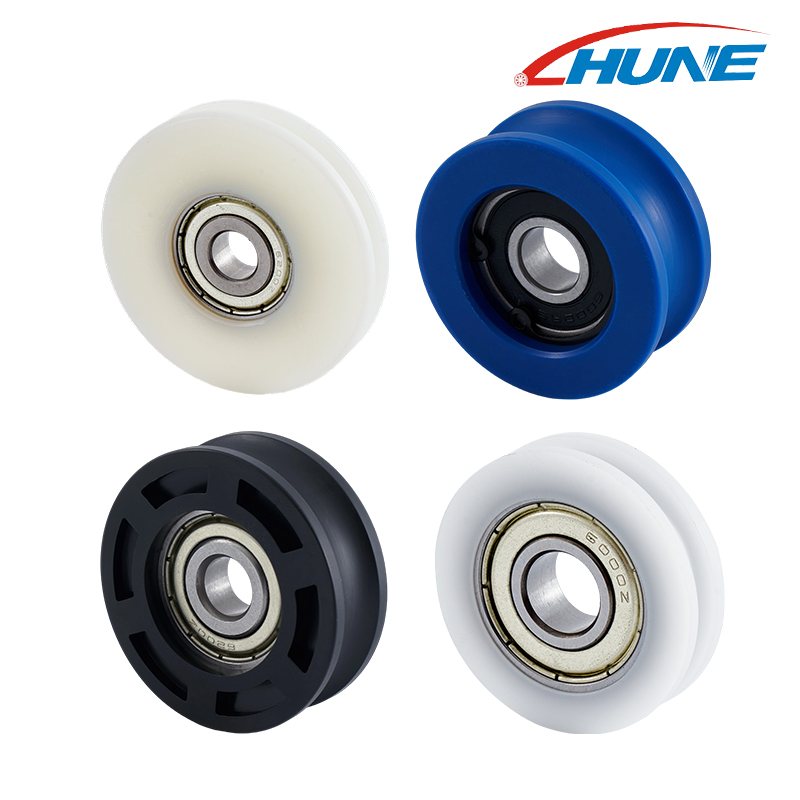Have you ever encountered a situation where a cabinet is difficult to push or pull, a storage shelf always gets stuck, or when you're doing a DIY project, the items are so heavy that you can't even move them? I used to be like this, and initially, I never thought that something as small as "rollers" could make such a big difference.
As a seasoned DIYer who has moved three times and customized countless pieces of furniture, I am well aware of the significant difference a good roller wheel can make. I still remember the awkward afternoon when I first attempted to move a solid wood bookcase filled with books. That experience made me deeply understand the saying, "To do a good job, you must first sharpen your tools." Today, I will share with you all the insights I have gained over the years about using roller wheels, without any reservations, to help you avoid the pitfalls I encountered back then.
Firstly, we all know that a roller is a small wheel that allows an object to slide, typically made of plastic, rubber, or metal. They are commonly installed on furniture, toolboxes, doors, sliding rails, or DIY structures to help heavy objects move smoothly. Most rollers consist of the following parts:
Wheel body (usually made of nylon, TPU, or metal)
Support (metal or plastic structure for securing wheels)
Bearing (ensures smoother rolling)
Mounting components (screws, clips, insertion rods, etc.)
Compared to traditional floor mats, rollers can reduce friction, distribute weight, making it easier for you to move objects, and also protect the floor from scratches.
How many types of rollers are there: starting from my failure case
When I first came into contact with casters, I thought, "It's just a few wheels," but I ended up buying the wrong type and paid a painful price. Let me tell you, through my personal experience, how to choose different types of casters.
Fixed rollers are the type I encountered earliest, which are affordable but have limited functionality. When we helped our neighbor move a piano last year, we initially used fixed rollers, but they got stuck at a narrow staircase corner for a full half hour! These rollers are only suitable for straight-line pushing and pulling, such as the storage racks in my garage, which are economical and practical.
Universal casters are my current first choice, especially when flexible steering is required. Last month, when rearranging the living room, the base of the sofa with universal casters allowed me to easily adjust its position by myself. However, it should be noted that poor-quality universal casters are prone to getting stuck. I once bought a set, and after three months, they started to creak.
Self-braking rollers are definitely a lifesaver for kitchen islands and workbenches. My tool cabinet in my studio is equipped with these, which are easy to move and can be securely fixed during work. Special reminder: Don't be tempted to buy plastic brakes for cheapness. My first tool cabinet slipped because of this, and now I only use metal brake pads.
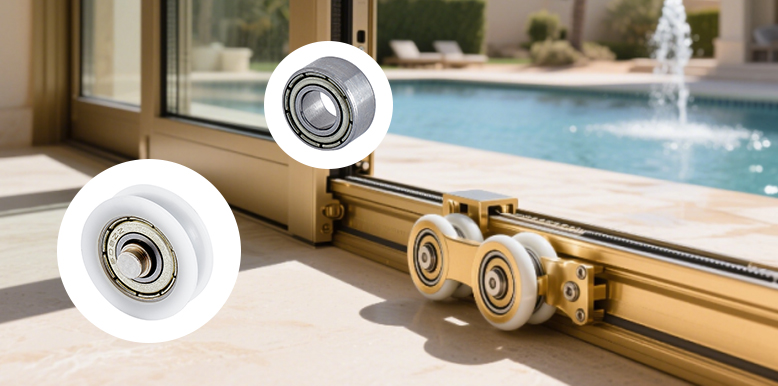
Why do I now use rollers for almost all my DIY projects?
1. It's too effortless!
I used to have a storage cabinet without wheels, and moving it once would leave me sweating. Later, I installed four rollers at the bottom of a cabinet of the same size, and it can be moved with just a gentle push. Even my child can push it around.
2. Space saving
Some pulleys are rotatable (universal wheels), allowing you to place the cabinet against the wall and keep it stationary during normal times. When needed, you can easily pull it out.
3. Moisture-resistant and scratch-resistant flooring
Furniture legs placed directly on the ground are prone to getting wet and moldy, especially if placed on balconies or in kitchens. However, if equipped with casters, they can not only be lifted off the ground to prevent moisture but also avoid leaving scratches on tile or wooden floors.
4. Make the project more flexible
I have also installed wheels on the cat's bed, so that I can easily move it away when cleaning. You can imagine how many scenarios these wheels can be used in.
Five golden rules for choosing and purchasing rolling wheels
1. Bearing capacity: it's better to overestimate than underestimate
My rule of thumb is: total load capacity = weight of item × 1.5. For example, for a bookcase weighing 100kg, choose a style where each wheel can bear at least 37.5kg of load (100 × 1.5 ÷ 4 wheels). Last year, I underestimated the weight of the fish tank, and as a result, the wheels were deformed, almost causing a major disaster.
2. Ground adaptation: Different floors require different wheels
Solid wood flooring: Soft rubber wheels must be used. My walnut flooring was permanently scratched by nylon wheels
Ceramic tile/cement floor: Nylon wheels are economical and durable, but they produce loud noise, making them unsuitable for use at night
Short-pile carpet: Choose wide-surface and large-diameter wheels. The 75mm wide wheels are just right for my living room's 5cm carpet
Long-haired carpet: Requires a special sawtooth pattern wheel, as ordinary wheels will sink completely into it
3. Size selection: Bigger is better, smaller has its own charm
Large wheels (over 100mm) can easily cross thresholds and power lines, but they can raise the height of the item. My refrigerator almost couldn't fit through the kitchen door frame because of this. Small wheels (under 50mm) have good concealment, but they are easily stuck by small stones.
4. Material comparison: starting from my usage aging test
I have conducted a two-year material aging test:
Nylon wheel: lowest price, but significant wear and tear after 18 months
Polyurethane wheel: Its performance remains as good as new after two years, but its price is three times that of nylon
Rubber wheel: It has the best noise-reducing effect, but it is prone to cracking under direct sunlight
Cast iron wheels: They won't break at all, but they will leave dents in wooden floors
5. Consideration of special needs
Silent demand: Choose polyurethane wheels for bedroom furniture, which are more durable than rubber
Food area: It is necessary to use food-grade certified wheels. My kitchen cart specifically chose the FDA-certified model
For outdoor use: Rust prevention treatment is necessary. I apply rust-preventative oil to the wheels of the garden tool cabinet every year
Practical wheel comparison chart (based on long-term personal experience)
| Roller type | Best Use Scenarios | advantage | shortcoming | Service life |
| Nylon fixed wheel | Garage storage racks, workbenches | Low price and durable | Noisy and does not protect the floor | 1-2 years |
| Rubber universal wheel | Living room furniture, office equipment | Quiet, floor protection | Higher price, may leave traces | 3-5 years |
| Polyurethane wheels with brakes | Tool cabinets, kitchen islands | Good shock absorption and fixable | Long-term heavy pressure may cause deformation | 5+ years |
| Small plastic wheel | Lightweight storage box | Cheap and hidden | Low load-bearing capacity and easy to damage | 6 months |
| Heavy cast iron wheels | Industrial equipment, garages | Super strong load-bearing | Very heavy, damaging the floor | 10+ years |
Installation tips and creative uses: Tips from professional renovators
1. The Art of Positioning
Square Objects: Install 5cm inwards from the corners for greater stability than in a corner.
Long Objects: Add a support wheel per meter, excluding the ends.
Heavy Objects: Consider installing 6-8 wheels to distribute the pressure.
2. My Five Creative Uses
Rotating Plant Stand: Add universal wheels to your plant stand to easily follow the sun.
Mobile Children's Toy Box: Use an old wooden box with anti-pinch wheels for both storage and play.
DIY Projector Stand: Universal wheels with brakes for flexible positioning.
Movable Clothes Drying Rack: Roll it out to the balcony on sunny days and into the bathroom on rainy days.
Flexible Partition Wall: Add wheels to the bottom of your bookshelf to change the layout of your space at any time.
3. Maintenance Tips
Monthly: Check the tightness of the screws.
Seasonally: Clean hair and lint from the axles.
Annually: Lubricate the axles (WD-40 works best).
Replacement Signal: Wheels that don't rotate smoothly or show obvious signs of wear.
FAQ: Answers to my most frequently asked questions.
Q: What should I do if my roller wheels won't roll on carpet?
A: This is the question I'm asked most often. There are three solutions: 1) Use wider wheels with a diameter greater than 75mm; 2) Install thin wooden tracks along frequently used paths; 3) Use specialized carpet wheels (more expensive but permanent).
Q: How can I prevent roller wheels from marking?
A: My solid wood floors have been damaged by this. Now I: 1) Buy wheels with a "non-marking" label; 2) Test them in an inconspicuous area for 48 hours; 3) Add felt pads to heavy objects.
Q: What should I do if rollers are too noisy and disturb my neighbors?
A: My painful experience with late-night moves has taught me to: 1) Use rubber wheels instead of nylon wheels; 2) Add silicone washers to the wheel axles; 3) Use old carpet along the moving path for temporary noise reduction.
How long do rollers last?
I'm asked this question many times. My answer: It depends on the application, material, and environment. Here's a summary of my practical experience:
Nylon wheels for indoor light loads: 3–5 years are fine.
Rubber wheels for balconies in humid environments: Replacement every 2–3 years is recommended.
Metal wheels for industrial use: 5–8 years, or even longer.
Maintaining regular cleaning of hair and debris can significantly extend their lifespan.
Ultimate advice: Investing in good rollers is an investment in your back.
Finally, as someone who has experienced a herniated disc, I strongly recommend not skimping on rollers. A good pair of wheels can last ten years longer than a cheap one, and more importantly, protect your back. Now, every time I move heavy objects with ease, I'm thankful I made the right choice. Sometimes, adding four roller wheels is all it takes to solve a lifting problem. Whether you're working on a DIY project, everyday life, or professional work, choosing the right rollers will greatly improve your efficiency and comfort.






 English
English  Español
Español  日本語
日本語 